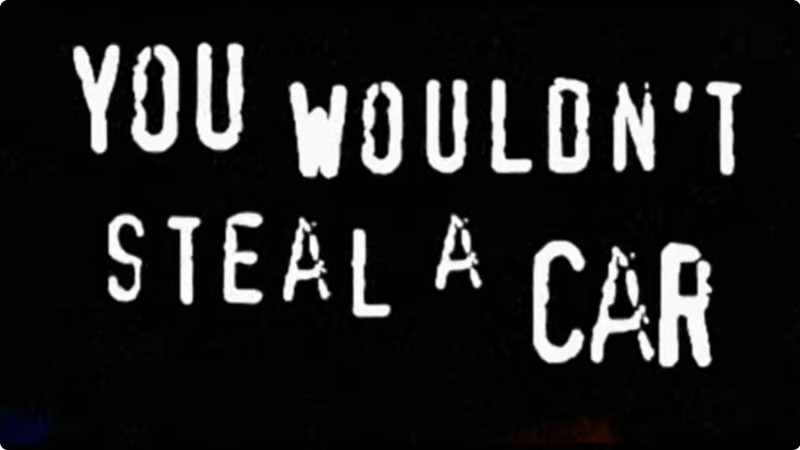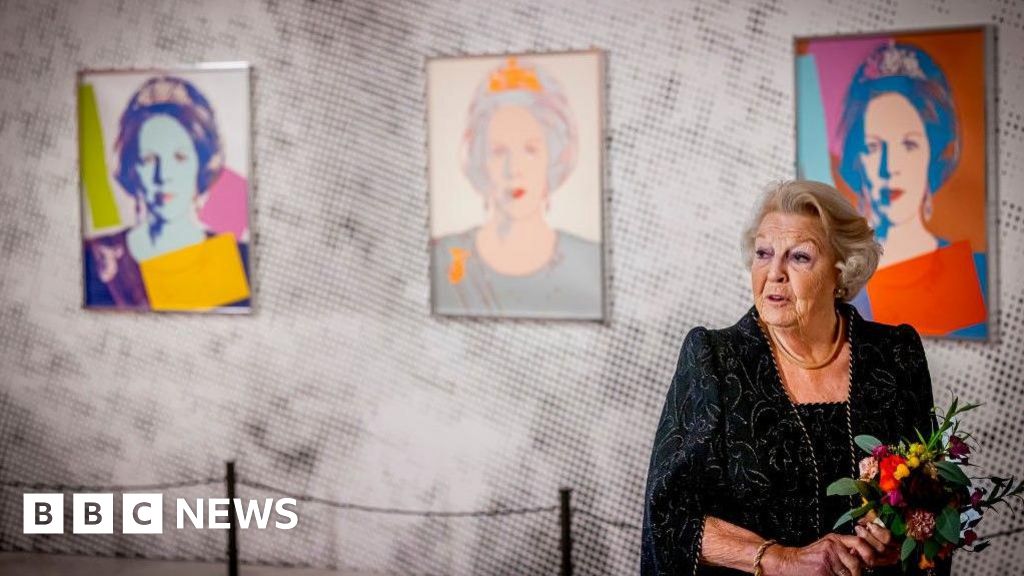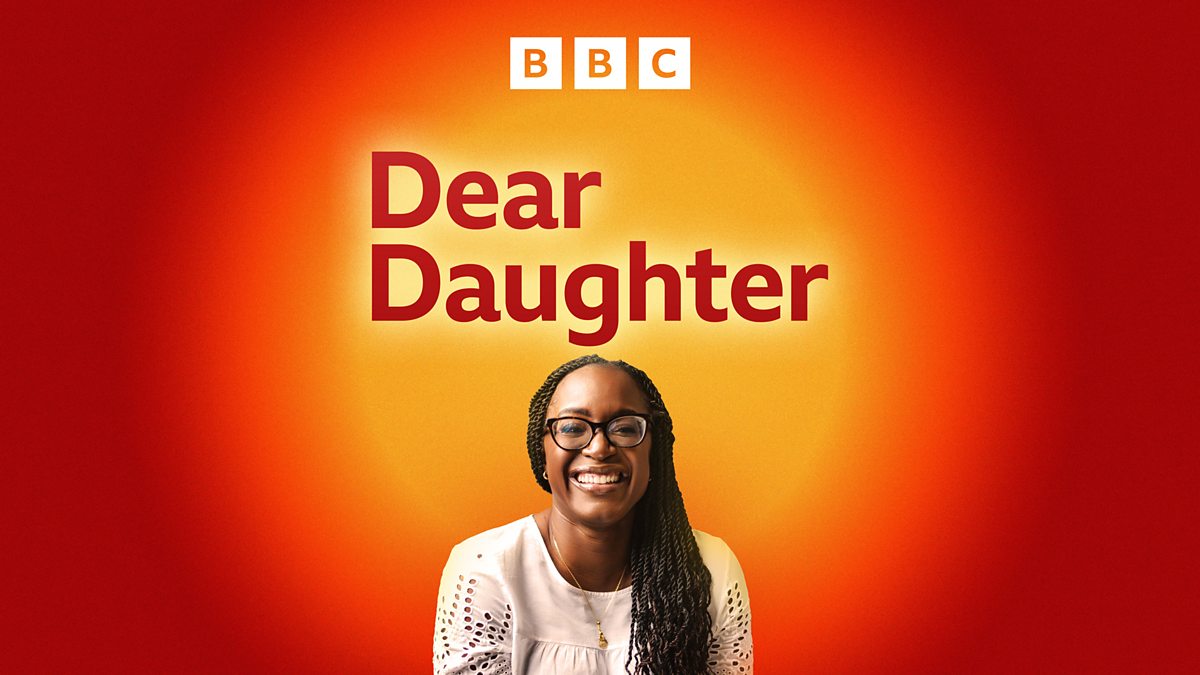The Evolution of Film Editing: Navigating Creativity in a Remote World

For film editors, the essence of creative collaboration and experimentation is foundational to their craft. Traditionally, the cutting room has served as more than just a workspace; it has functioned as a sanctuary. Here, editors, directors, agency creatives, producers, and clients would gather to collaboratively shape narratives. It is within these walls that raw footage is meticulously transformed into a cohesive story through countless decisions, discussions, debates, and moments that embrace creative risk. The cutting room has effectively been the nerve center of film projects, serving as a locale where ideas are rigorously challenged and refined, where creative excellence is relentlessly pursued, and where countless careers are forged.
Whether the task is to cut a brief 30-second commercial, a detailed documentary, or an expansive feature film, these face-to-face interactions have provided editors with more than mere direction. They have afforded essential context, opened doors for spirited debate, and empowered editors to advocate for their artistic choices. This collaborative dynamic has ultimately enabled editors to make more informed and confident decisions in service of storytelling a mission that is core to their work.
However, in recent years, the collaborative and in-person nature of the editing process has experienced a profound disruption. What was once considered a niche solutionremote editinghas now become the standard, accelerated by advancements in technology and evolving expectations within the industry. Today, it is commonplace for an editor based in London to collaborate seamlessly with a director in Los Angeles and agency creatives situated in New York, all without ever meeting in person. Remote editing sessions are not only utilized when team members are geographically dispersed; they often occur even when all stakeholders are in the same city. I have frequently heard anecdotes of this even taking place within the same building, where the journey from the third floor to the fifth is deemed too great for some!
This transformative shift has ushered in remarkable opportunities, such as broader access to diverse talent pools, a significant reduction in travel needs, and an improved work-life balance. However, it also presents notable creative challenges. The question arises: How can we ensure that we maintain the creative depth and storytelling finesse that face-to-face collaboration nurtures, especially in a world where teamwork increasingly takes place through screens?
When you present an edit to someonebe it a director, a producer, or even a family memberit inevitably assumes a new meaning. You begin to view the work through their perspective. Elements such as timing, emotion, and the rhythm of the narrative often feel entirely different than when experienced in solitude. Theres an enigmatic quality to that moment of sharing. It cannot be replicated by simply uploading a cut, sending a link, and then waiting for comments. The nuances of real-time presencesuch as a raised eyebrow or a moment of silencecan convey more than an entire page of notes.
Without that shared energy, it becomes all too easy to get trapped in ones own bubble as an editor, leading to an overattachment to decisions that might not serve the story as effectively as intended. Creative isolation often results in inefficient decision-making. On the other hand, real-time collaboration fosters frictionthe beneficial kind. It challenges your instincts, sharpens your decisions, and uncovers new ideas that might not have arisen otherwise.
This kind of shared discovery is difficult to script and impossible to schedule; it typically happens between the beatsthrough throwaway comments, shared glances, or casual conversations preceding an official review session. These moments not only enhance the work but also render the process more human and enjoyable.
In commercial projects, where timelines are tight and stakes are high, collaboration serves as a catalyst for momentum. Editors are required to make dozens of decisions every hourexperimenting with variations, moving swiftly, and jostling for course corrections as a cohesive unit. Contrary to some misconceptions, its not merely agency creatives lingering in the post-production house, ordering lattes and sushi! In long-form storytelling, while the pace may be more measured, the necessity for real-time exchange remains equally critical. It is through this iterative processexperiencing, failing, adjusting, and reworkingthat editors discover the truths embedded within the material. This kind of experimentation flourishes within a shared creative environment.
Reflecting on my own experiences, I recall working on a major commercial campaign in Amsterdama high-stakes project characterized by numerous moving parts and a complicated shooting schedule. I had been grappling with the opening fifteen seconds of the spot, striving to determine the right tone and rhythm to effectively set up the remainder of the piece. The director and I collaborated on that section on the first day, yet nothing was resonating. By the second day, after what felt like ceaseless iterations and frustrating false starts, both of us were beginning to lose steam. However, somewhere along the winding path of our collective frustration, a shift occurred. We began to feed off each others energy, tossing out half-formed ideas, rapidly experimenting, and reacting in real-time. Within a matter of hours, we had reimagined the opening in a completely novel mannerand that breakthrough ultimately unlocked the entire piece. This revelation did not stem from isolated work; it emerged from the push and pull of collaborative focus in the room. We might never have achieved it had we not devoted that concentrated time together, side by side, instinctively responding to each new version as it unfolded.
Moreover, there is the aspect of trust to consider. In-person collaboration cultivates trust quickly. You can read the room, discern tone, and observe body language. This trust allows for healthy debate and disagreement, which is crucial because such discussions often lead to storytelling brilliance. In contrast, remote workparticularly when conducted asynchronouslyflattens these interactions. Feedback becomes more cautious and transactional, and individuals are less inclined to propose wild ideas or challenge notes when they are buried within a comments thread.
We also risk losing generational wisdom. Much of this craft is acquired by being present in the roomnot merely observing someone work, but witnessing how they listen, how they advocate for their ideas, and how they engage with feedback. Such insights cannot be gleaned from a YouTube tutorial, nor can they be absorbed from working solely in asynchronous environments. They are internalized over time through proximity. For emerging editors, this exposure is invaluable. It not only teaches technique but also cultivates taste. If we shift too far into isolated workflows, young editors will be left to piece together a craft that was once passed down face to face.
The emotional component of this dynamic is significant as well. Being part of a team and feeling connected to the process sustains individuals through late nights and last-minute changes. Isolation negatively impacts not only creativity but also morale.
Nevertheless, this is not an argument for reverting to previous ways. Remote workflows are here to stayand in many respects, that is a positive development. The chance to collaborate across borders, time zones, and multiple projects within a single week was previously unheard of. Editors can now live where they choose, working on projects in Los Angeles while enjoying the serene ambiance of a cabin in the Scottish Highlands. This newfound freedom is empowering, and the time saved on travel alongside the ability to spend more quality moments with friends and family are significant, meaningful benefits.
The challenge lies in ensuring that, within this new paradigm, we do not compromise the essence of what makes our work remarkable. We must design remote workflows that prioritize not only efficiency but also creative depth. This entails emphasizing real-time collaboration during critical moments, fostering spaces for conversation, pushback, and playful explorationnot merely ticking items off a checklist.
We must allocate time for experimentationeven in remote settingsand avoid treating every session as a perfunctory exercise. If we wish to preserve the spark of creativity, we need to construct workflows that allow space for it.
Furthermore, we must prioritize mentorship. If younger editors cannot physically be in the room, we must devise ways to bring the room to them. This could involve hosting group review sessions, live edit-along experiences, or simply adopting more generous collaborative habits. Knowledge transfer can still occur, but we need to exert additional effort to make it happen.
Additionally, we should choose tools that enhance our storytelling rather than distract us from it. The best creative tools fade into the background, allowing genuine collaboration to unfold seamlessly. The platforms we utilize to facilitate remote work should take a backseat and allow creativity to shine.
So, how do we achieve this? There is no singular solution, but there are principles that may guide us:
- Prioritize real-time collaboration whenever feasible: Live sessions are where authentic creative connections flourish. Leverage them to your advantage.
- Create space for dialogue, not just feedback: Resist reducing the process to a simple checklist. Engage in discussions. Challenge each other. Ask questions.
- Dont overlook casual conversation: Some of the most brilliant ideas arise from seemingly unrelated dialogues. Allow time for them.
- Be generous with knowledge: If you are experienced, share your insights. If you are new, seek guidance. The craft relies on the exchange of ideas.
- Select the right tools for the task at hand: Avoid adopting platforms simply because they are currently in vogue. Ask yourself: Does this help us serve the story?
Ultimately, our job remains simple and unchanged: serve the story. Whether we are nestled in a cutting room or collaborating from the comfort of our homes, this mission persists. What is most important is that we keep the flames of creativity alive and tell the best stories possibletogether.
If we can maintain the spirit of the cutting room, even as physical walls dissolve, the future of post-production does not merely appear different. It appears brighter.



























